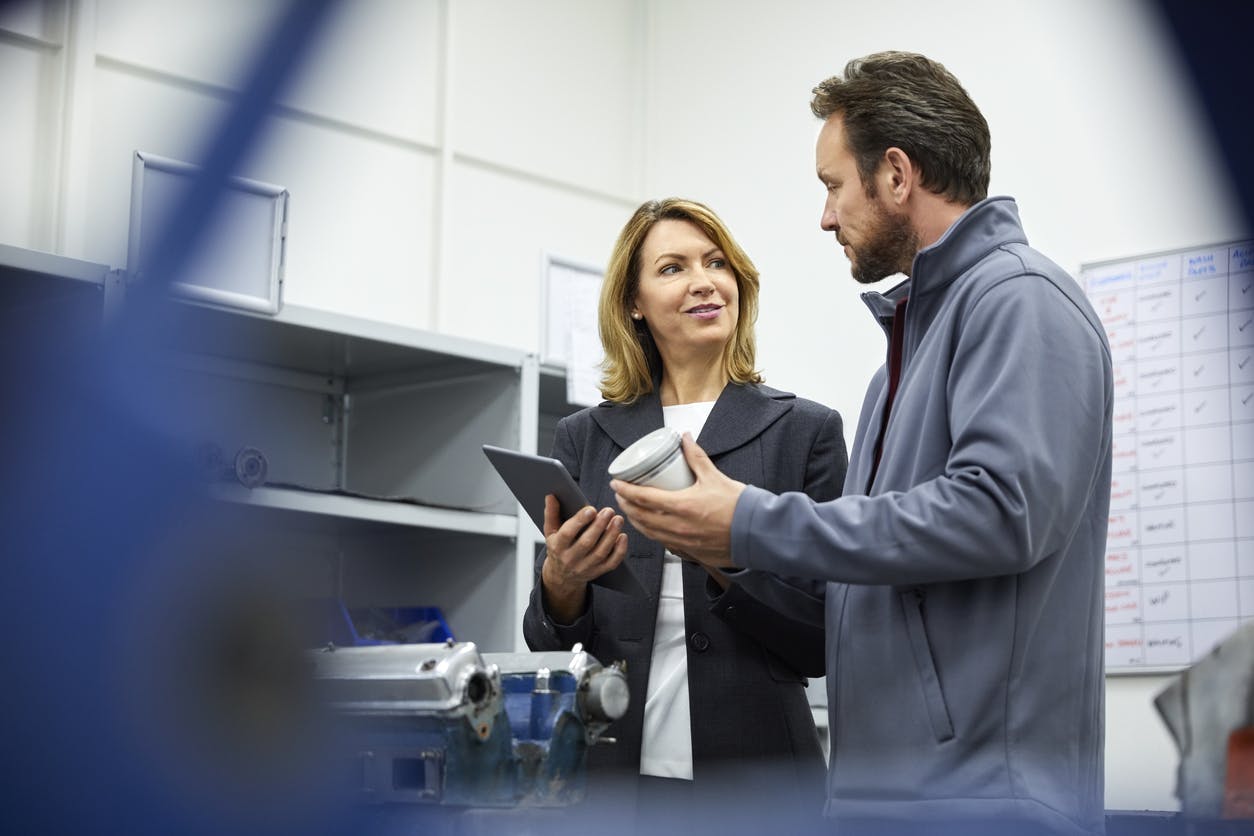How to Ensure 5S Audit Implementations Maintain Their Efficacy

For some organizations one of the first steps in their lean journey is the use of a quality management method known as 5S. This basic, introductory technique helps an organization become familiar and comfortable with the building blocks of continuous improvement by engaging workers in activities that better the workplace and the organization as a whole.
With its origins in Japan, this method focuses on establishing a quality environment within an organization and ensuring follow through on work standards. The method, which helps foster a culture of continuous improvement, includes the following five elements:
- Sort(ing) and systematically removing things that are not necessary in the workplace.
- Set in order or arranging workplace items that are deemed essential, such as tools or equipment, in an organized manner that makes both finding and then returning these items easy.
- Shine or cleaning and inspecting the work environment, including machines and equipment, thoroughly. This ensures that both cleaning and inspecting are part of everyday work.
- Standardize by determining and upholding high standards in the workplace. All work processes are standardized as best practices.
- Sustain the first four items by encouraging all employees to use the elements of the 5S system as part of their daily routine.
Making 5S Part of the Organization’s Culture
The key to maintaining the success of your 5S system is integrating the elements of 5S into the daily activities of your workforce. If your employees view 5S as just the latest quality “fad” that must be done in addition to and separate from their routine tasks, then 5S has not been well-implemented and it won’t make a significant impact on your organization.
Aim to weave the principles of the 5S system into the fabric to your organization by:
- Addressing the issues and challenges that are specific to your organization; use the 5S method to focus on your unique products and services and any challenges that are relevant to your industry.
- Avoiding the temptation to copy and paste solutions or standards from other organizations—even if those solutions were successful at similar organizations. One size or solution does not fit all.
-
- Securing and maintaining a visible commitment from top management. Like any initiative that requires a shift in the culture of an organization and the habits of its employees, an ongoing commitment from top management is key. If the results of your 5S implementation are going to be effective for the long term, then top managers must demonstrate their support to the process on a continual basis.
- Ensuring the involvement of the workforce through training, ongoing support, and measurement systems that routinely share results with all employees.
- Reinforcing the importance and benefits of 5S through retraining activities.
- Rewarding employees for their successes with 5S.
Linking 5S With Layered Process Audits
If your organization conducts layered process audits (LPAs), then consider the advantages of coordinating your 5S efforts with LPAs, specifically the LPA checklists used by auditors. Once the first three steps of the 5S system are in place, the fourth step—standardization, including work processes—has a clear link to your LPA system. Organizations which use the 5S system effectively are the ones that create visual reminders and daily checklists for standardized, best practice work processes. These 5S checklists cover a variety of topics, such as cleaning procedures and equipment maintenance schedules, and help ensure that the elements of 5S become daily practice. If a 5S audit uncovers an issue with standardization of a work process, it can serve as the basis for an LPA question, ensuring that ongoing attention is given to this issue.
LPAs are conducted on the shop floor—at the center of your 5S efforts—so your LPA system together with the steps of 5S, can improve process standardization by:
- Verifying that employees understand and are complying with work standards
- Opening communication channels between shop floor employees and management
- Recognizing opportunities for employee training and process improvement
- Establishing what standards are most important for process performance
A well-rounded LPA program connected to your 5S efforts will add value to your organization if meaningful audits are conducted routinely and top management visibly supports both systems. Together, LPAs and the 5S method encourage and involve a cross-section of employees who devote consistent attention to your core processes. When implemented effectively, an automated LPA system, along with the 5S method, is an excellent mechanism for moving your organization to the next level of performance.